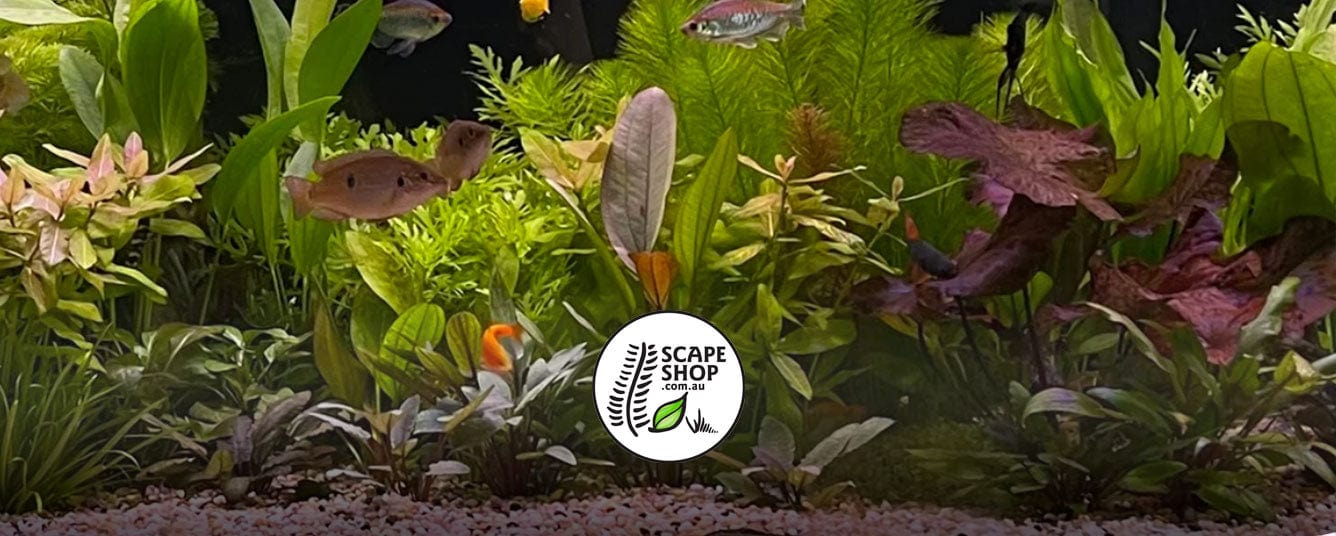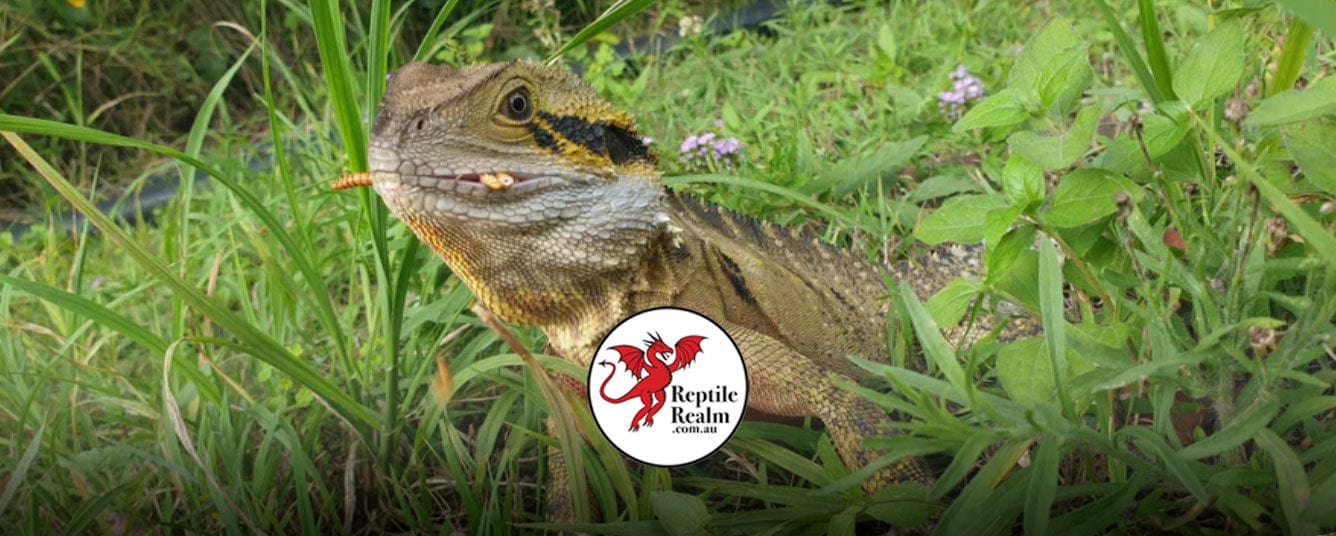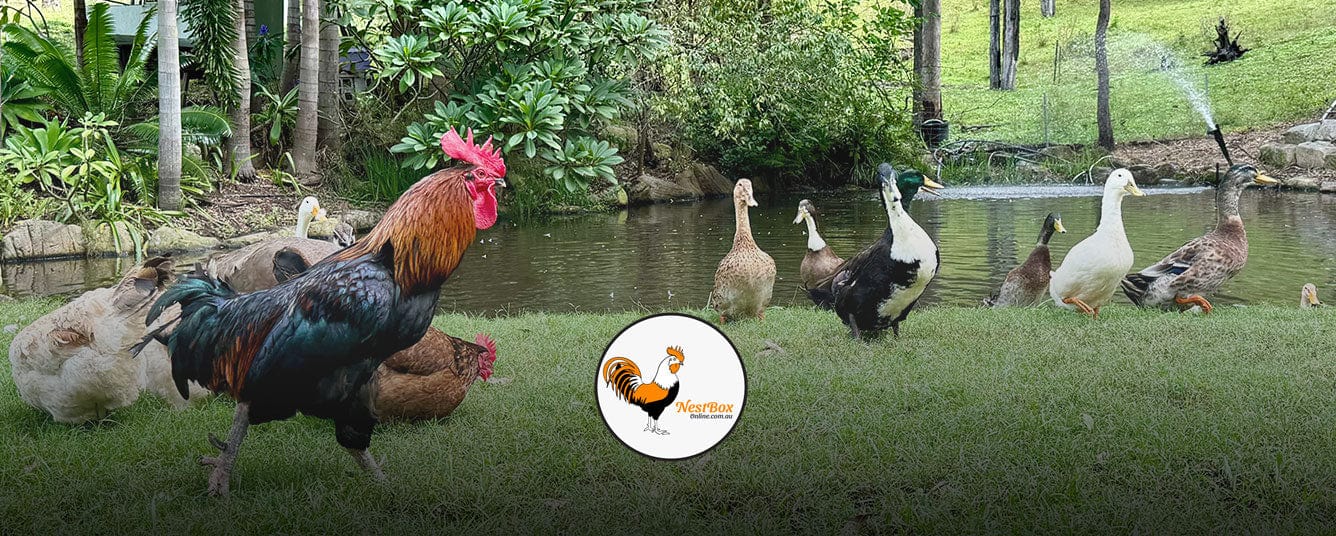Other Information
Specifications
- Scientific Name: Pterophyllum scalare
- Fish Family: Cichlidae
- Common Names: Koi Angelfish, Koi Angel Fish, Koi Angels
- Challenge rating: Intermediate
- Diet: Omnivore
- Max Lifespan: 10-12 years
- Max Length: 15cm
- Origin: South America
- Temperament: Peaceful, but will feed on smaller fish
- Water Conditions: Temp 24-29 degrees C, pH 6.0-7.5
About Koi Angels
Koi Angelfish are part of the Cichlid family, famous for their unique, triangular shape and graceful flowing fins. These Angel Fish have white, black, orange and white scales in a marbled pattern, reminiscent of Japanese Koi. A distinctive fish, Koi Angels are popular around the world and make an excellent addition to your aquarium.
Angelfish originate in the Amazon Basin and other rivers throughout South America, and have become popular in aquariums the world over. They are a laterally flat fish, with tall triangular dorsal and anal fins which give Angelfish their distinctive shape. Koi Angelfish were bred to have a pattern similar to that of Japanese Koi, with scales in a marbled combination of black, white, orange and red.
Koi Angelfish are generally peaceful, social fish, and do well in small groups of 5-7.
Other suitable tankmates include similar-sized fish like Gouramis, Dwarf Cichlids, Mollies, Sharks, Catfish and large Tetras. Koi Angelfish can become more assertive during feeding times, and when establishing their territory within the aquarium, and can also prey on smaller fish. Koi Angels can struggle to compete for food in tanks with smaller, much faster fish.
Angelfish are easy to feed and benefit from a diverse diet. We recommend feeding your Koi Angels Pisces Tropical Pellets or Tropical Flake Fish Food. They may also enjoy Livefood, vegetables, and frozen brine shrimp or bloodworms.
Provide a spacious tank of at least 70-80 litres to accommodate their territorial and active nature. A taller tank is good as Angel Fish like to swim up and down. Maintaining a constant warm temperature around 24-28°C is essential in keeping your fish healthy, and we recommend good filtration and plenty of live plants to oxygenate and clean the water, as well as some driftwood to create shady hiding places.























